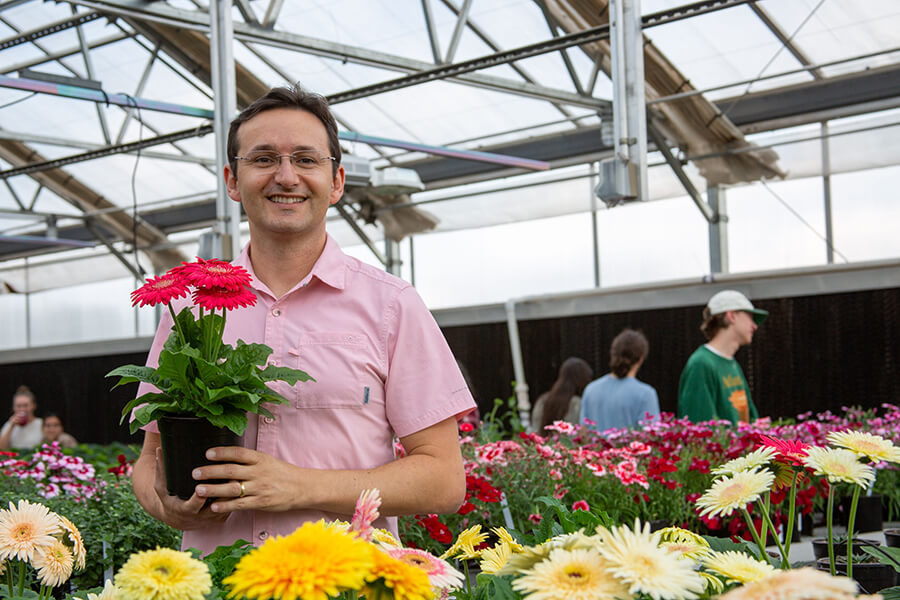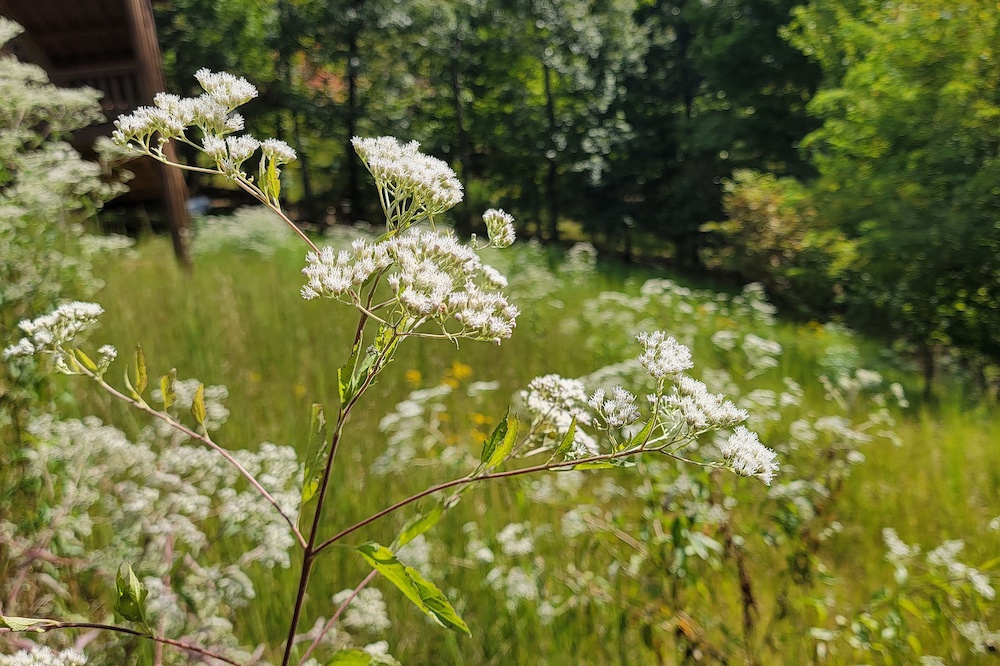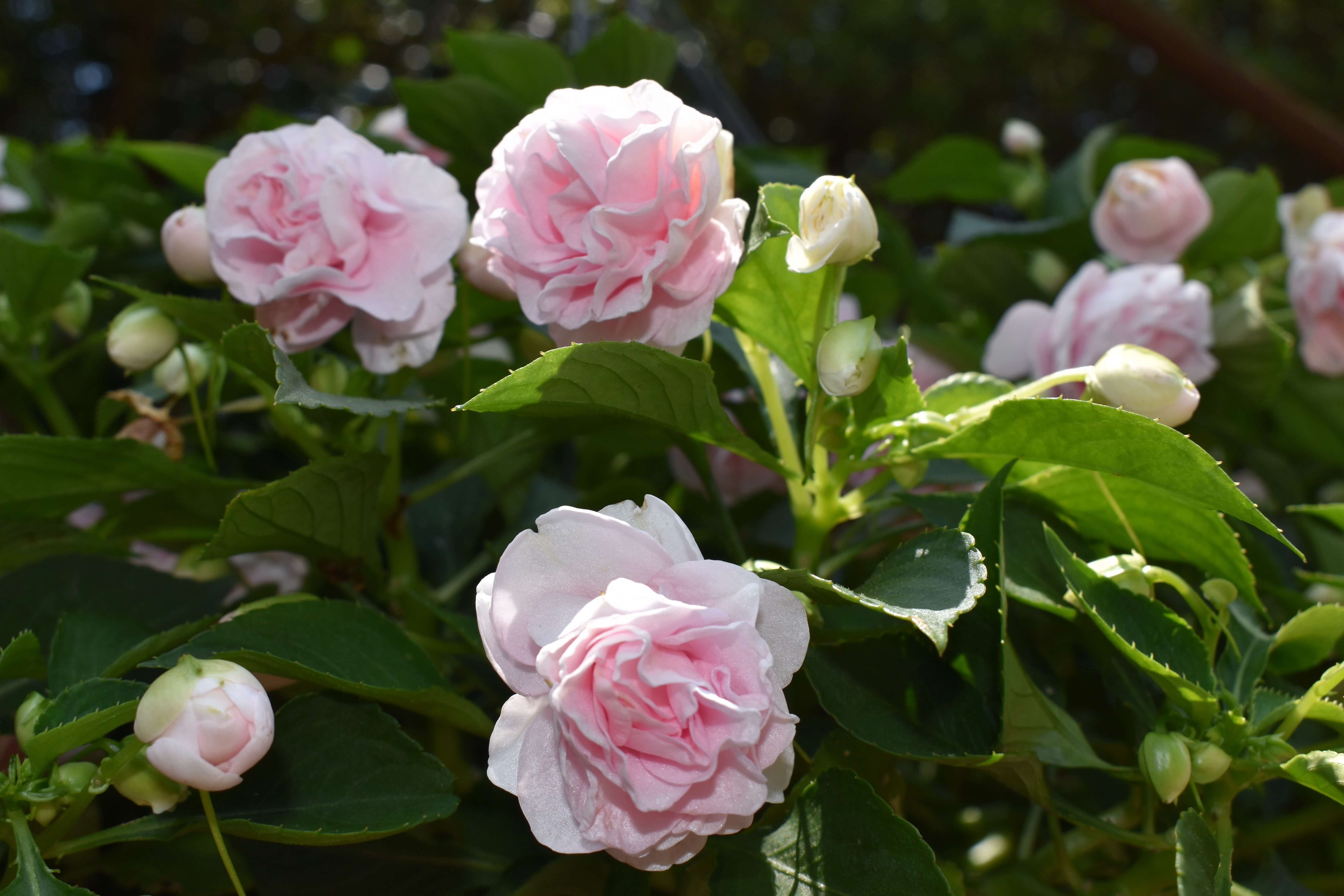As far as good eats go, the rutabaga ranks up there with the collard green and black-eyed pea to most Southerners. If you like the tuberous treat, now is the time to plant it, says a University of Georgia horticulturist.
“Similar to turnips, rutabagas are often called table turnips in Northern areas and Canada,” said Terry Kelley, a horticulturist with the UGA College of Agricultural and Environmental Sciences. “The roots are often longer than turnips and have a thick, leafy neck.”
It can be grown in both spring and fall. But it has its best root growth during cool weather, around the 60 F to 65 F range, he said, but can take temperatures as low as 40 F.Two varieties best for Georgia
The most popular varieties grown in Georgia are the American Purple Top and the Laurentian.
American Purple Top has a deep purple crown, a globe-shaped root, yellow flesh and is yellow below the crown. The leaves of this variety are blue-green. The root grows 5 to 6 inches in diameter and takes 90 days to mature.
Laurentian has a purple crown, a globe-shaped root, yellow flesh and is light yellow below the crown. The leaves of this variety are medium blue-green. The root can grow to 5 and a half inches in diameter and takes 90 days to mature.
Plant deep and before frost
Rutabagas should be seeded 10 to 12 weeks before a heavy frost, he said. North Georgians should set plants by Sept. 15, he said. South Georgians have until Oct. 1 to get their plants set.
The root crop grows best in moderately deep, highly fertile, well-drained soil with a pH 6.2 to 6.8. A general recommendation for rutabagas is two to five pounds of 10-10-10 fertilizer per 100 square feet, he said. Lower rates should be used on heavier or sandier soils.
“To determine whether you need to fertilize, you should first have your soil tested through your local UGA Cooperative Extension office,” Kelley said. “Fertilizer applications should be based on the soil test’s recommendations.”
Once you have determined your fertilizer rate, apply half at planting and half four weeks later, he said.
Plant heavy, thin later
Rutabagas can be planted in rows 14 to 18 inches apart. Soil should be worked well to form a good seedbed and fertilizer incorporated thoroughly.
Seed should be planted half an inch deep with about 4 inches between plants.
“Your initial seeding can be closer and then the plants can be thinned to a stand of 4 inches between plants,” Kelley said.
Rutabagas require an abundant supply of moisture to insure best yields and highest quality. Most soils will require 1.5 inches of water every 7 to 10 days.
Rutabagas are harvested when roots are 4 or 5 inches in diameter. The roots should be topped, washed free of soil and dried quickly. To top, remove the leaves from the fleshy root.





.jpg)
